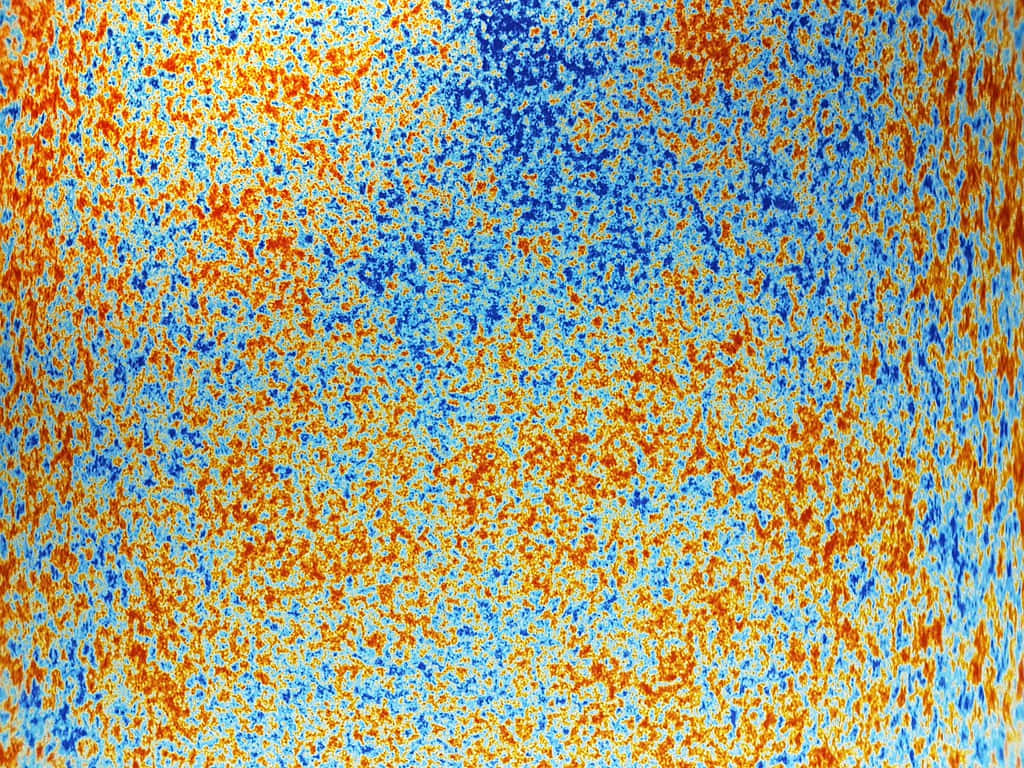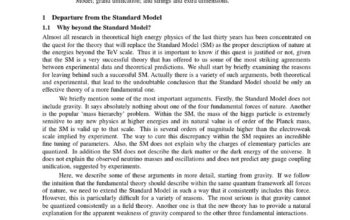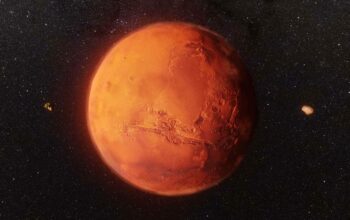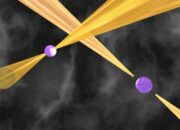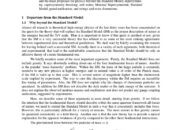The Cosmic Microwave Background (CMB) radiation is often regarded as the faint aftermath of the Big Bang, a relic from an epoch when the universe was young, hot, and dense. It permeates the cosmos like a whisper from the past, a spectral echo that still resonates in the fabric of spacetime. Understanding the CMB is not merely an inquiry into the universe’s infancy; it is an exploration of dark energy’s enigmatic influence on cosmic evolution. This primordial glow, detectable in all directions of the universe, is a tantalizing glimpse into the conditions that prevailed approximately 380,000 years after the Big Bang, when electrons and protons combined to form neutral hydrogen atoms, allowing photons to travel freely through the cosmos for the first time.
To situate the importance of the CMB, it is vital to consider the context of the universe’s expansion. Initially, the universe was a hot soup of quarks and gluons, expanding at an incredible rate. As it cooled, the universe transitioned through various phases, culminating in the decoupling of matter and radiation. The CMB serves as the omnipresent vestige of this phase transition, providing not only evidence for the Big Bang theory but also pivotal data regarding the rate of expansion of the universe. It is akin to an ancient cosmic tapestry, woven from threads of primordial photons, each one telling a story of its origin and the evolutionary lineage of the universe itself.
Inextricably linked to the CMB is the phenomenon of dark energy, an inscrutable force accounting for approximately 68% of the universe’s energy content. The concept of dark energy emerges from the realization that the universe is not merely expanding, but that its expansion is accelerating. This acceleration poses profound questions, as it suggests the presence of a repulsive gravitational force acting on cosmic scales. Dark energy is often conceptualized as a cosmological constant, a uniform energy density filling space homogeneously, or potentially as a dynamic field whose properties evolve over time.
The CMB provides a crucial observational window into the nature of dark energy. Fluctuations in the CMB, observed by experiments such as the Wilkinson Microwave Anisotropy Probe (WMAP) and the Planck satellite, reveal tiny variations in temperature that correspond to regions of dense and rarefied matter in the early universe. These temperature fluctuations paint a picture of the seeds of future structure formation, later giving rise to galaxies and clusters. Importantly, the statistics of these fluctuations also inform researchers about the geometry of the universe and its expansion history, offering tantalizing clues about the enigmatic forces that govern it.
One might draw an analogy between the CMB and a fingerprint left by dark energy upon the universe’s landscape. Just as fingerprints reveal information about the identity and actions of an individual, the unique patterns embedded in the CMB encode the dynamics of cosmic expansion, including the effects of dark energy over time. The precision measurements of the CMB anisotropies illuminate the interplay between matter and dark energy, allowing scientists to refine models of cosmic evolution and enhance their understanding of the universe’s destiny.
Delving deeper, the relationship between the CMB and dark energy can be conceptualized through the framework of cosmological models. The Lambda Cold Dark Matter (ΛCDM) model, currently the prevailing cosmological model, incorporates dark energy as a cosmological constant (Λ) while positing cold dark matter as the primary component influencing gravitational dynamics. In this model, the interplay between baryonic matter, radiation, and dark energy shapes the expansion dynamics. Here, the CMB acts as an essential observational cornerstone upon which the structure of this theoretical edifice is constructed.
However, the role of dark energy in shaping the universe remains one of the most profound puzzles in modern astrophysics. Questions abound regarding its nature: Is it truly a constant, or does it vary over time? Is it a manifestation of quantum fluctuations in vacuum energy, or might it stem from modifications to General Relativity on cosmological scales? These inquiries underscore an urgent need for further empirical data, with the CMB serving as a critical touchstone for future investigations.
The enduring appeal of studying the CMB lies not only in its empirical revelations but also in its philosophical implications. It invites contemplation of the universe as a grand interconnected system, where the threads of spacetime are woven together through an intricate tapestry of interactions among particles, forces, and energy. As scientists refine their techniques and push the boundaries of observational astronomy, the CMB remains at the forefront of cosmological inquiry, embodying humanity’s quest to understand the deepest mysteries of existence.
In conclusion, the Cosmic Microwave Background is more than a mere remnant of the universe’s birth; it is an essential artifact that reveals the complexities of cosmic evolution and the pervasive influence of dark energy. It serves as a primordial beacon, illuminating the path toward understanding the universe’s structure and fate. As researchers continue to probe its subtleties, the CMB will undoubtedly guide us closer to unlocking the profound secrets of dark energy, inviting us to ponder not just the dynamics of the universe, but our place within it.
